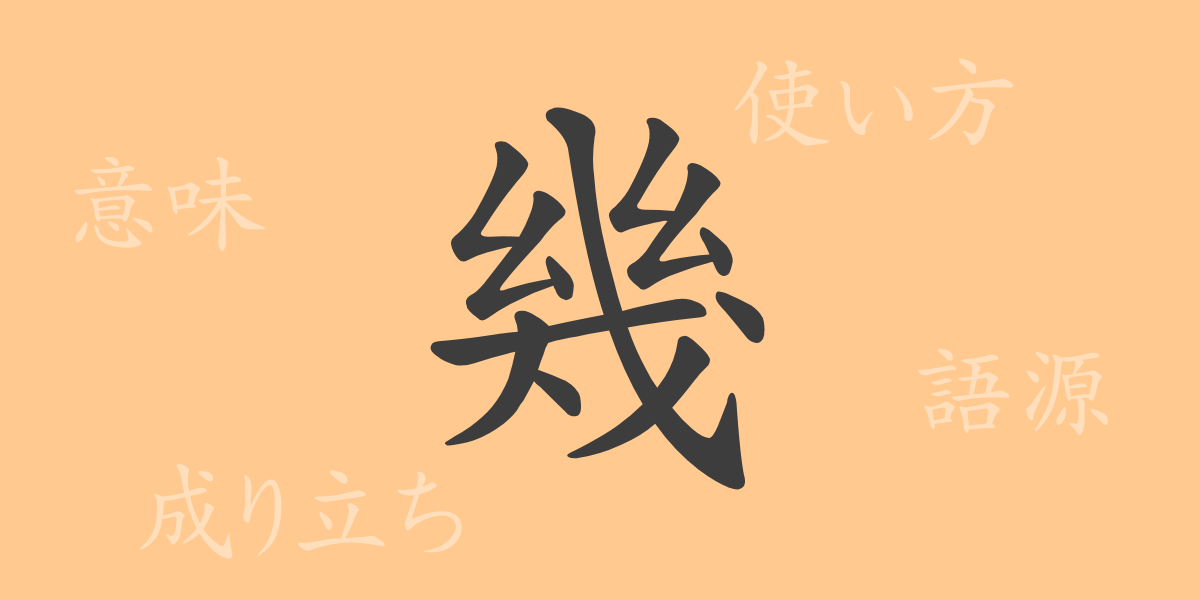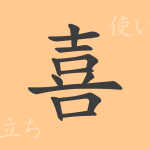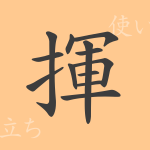Certainly! Here’s the translated article with HTML tags, focusing on SEO for English-speaking audiences:
The Japanese written language, with its beauty and complexity, has long fascinated linguists and language enthusiasts around the world. At the heart of this fascination is Kanji (漢字), the logographic characters used in the Japanese writing system. In this article, we’ll delve into the full picture of the Japanese common-use Kanji “幾” (いく – Iku), exploring its etymology, meanings, usage, and even phrases and proverbs that feature this captivating character.
The Origins of “幾” (Etymology)
The Kanji “幾” (いく – Iku) was originally used in ancient China to denote numbers and was shaped after the structure of a loom. This association comes from the act of counting numerous threads in weaving, leading to the meaning “countless” or “innumerable.” Additionally, it is a phono-semantic compound character, which includes the element “己” (き – Ki), meaning “self,” which in this context relates to counting.
Meanings and Usage of “幾”
“幾” (いく – Iku) carries the meaning of question words such as “how many,” “how much,” and “to what extent.” It is also used to express estimates or uncertain quantities, as in “幾多” (いくた – Ikuta), meaning “many” or “numerous.” Furthermore, it appears in expressions asking about time or money, such as “幾度” (いくど – Ikudo) for “how many times” and “幾ら” (いくら – Ikura) for “how much.”
Readings, Stroke Count, and Radical of “幾”
The Kanji “幾” (いく – Iku) plays a significant role in Japanese written language with its readings and structure.
- Readings: On’yomi (Sino-Japanese reading) is “キ” (キ – Ki), Kun’yomi (native Japanese reading) is “いく-” (いく – Iku-).
- Stroke Count: A total of 12 strokes.
- Radical: 幺部 (いとへん – Itohen), the “thread” radical.
Phrases, Idioms, and Proverbs Using “幾” and Their Meanings
There are many idioms, set phrases, and proverbs containing “幾” (いく – Iku) that reflect the depth of the Japanese language. For example, “幾春秋” (いくしゅんじゅう – Ikushunjuu) represents many years, while “幾多の困難” (いくたのこんなん – Ikuta no Konnan) means countless difficulties. The phrase “幾度となく” (いくどとなく – Ikudo to naku) is used to describe something that is repeated many times and is commonly found in everyday conversation and literature.
Conclusion on “幾”
The common-use Kanji “幾” (いく – Iku) is an example of the rich expressiveness of the Japanese language, from its form to its meanings, usage, and cultural background. This single character, which encompasses innumerable possibilities, can be considered a key to deeply understanding Japanese language and culture. Through our exploration, we have touched upon the multifaceted nature and allure of “幾.”

























